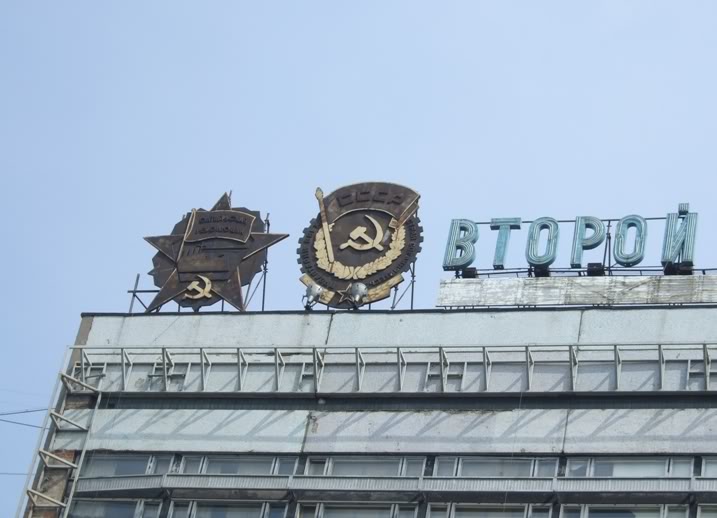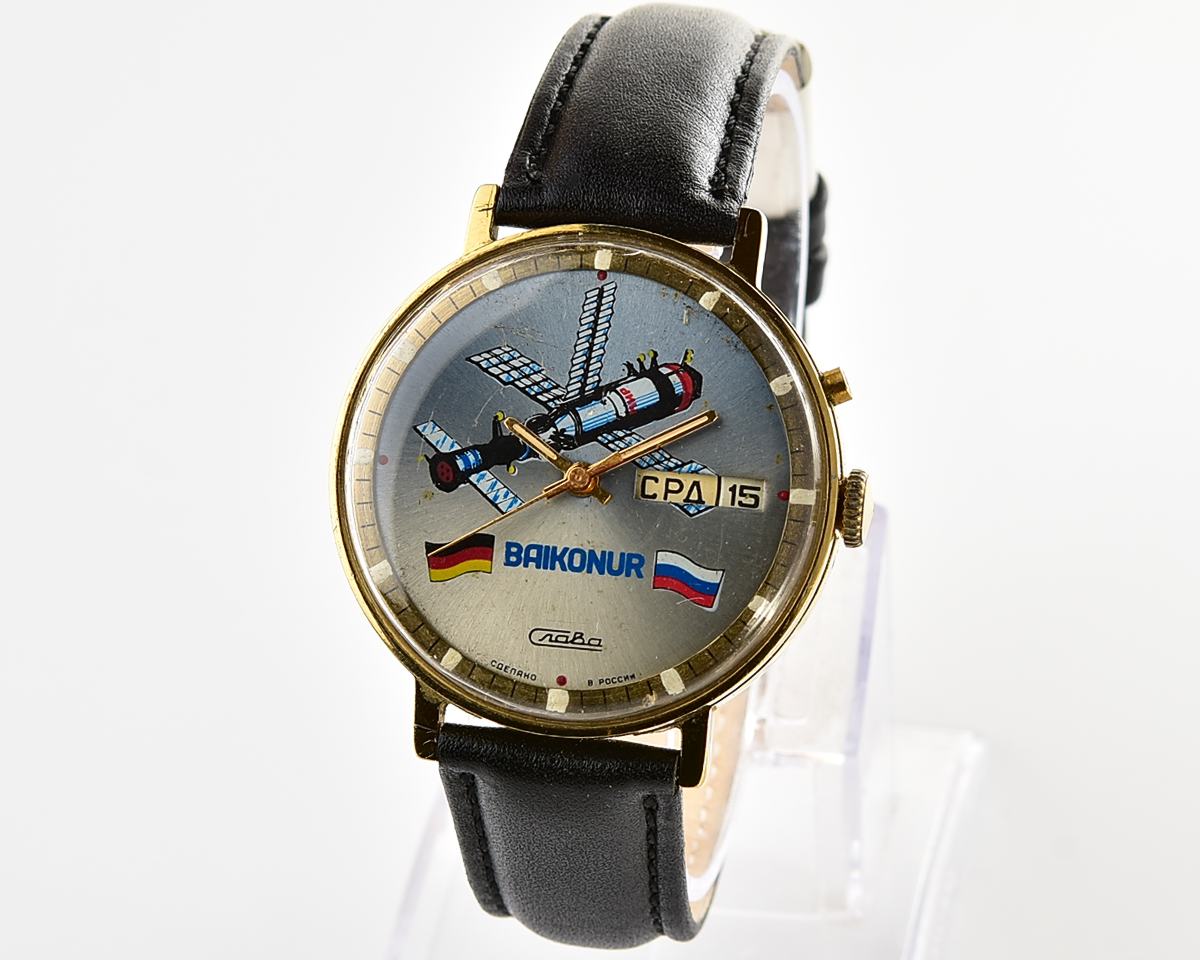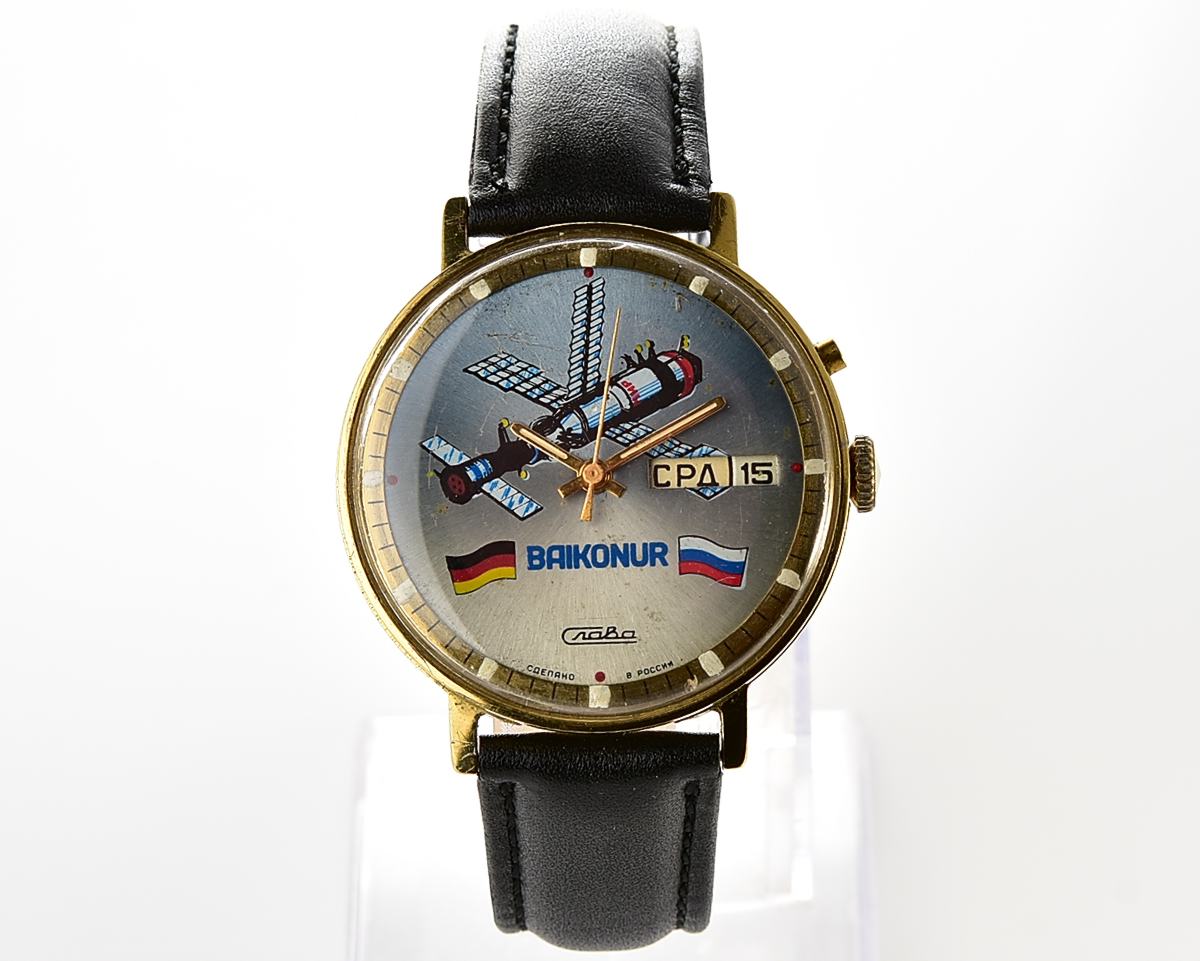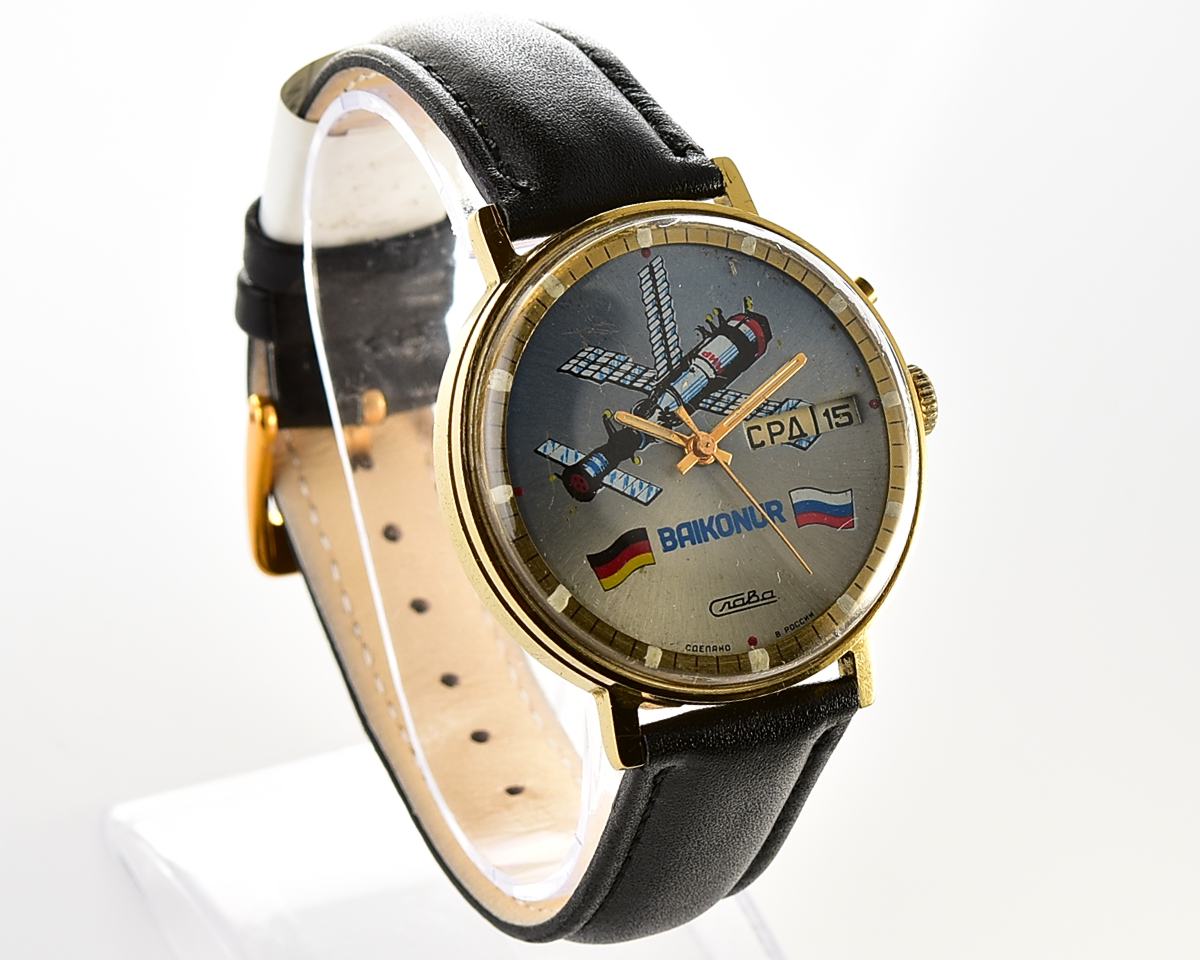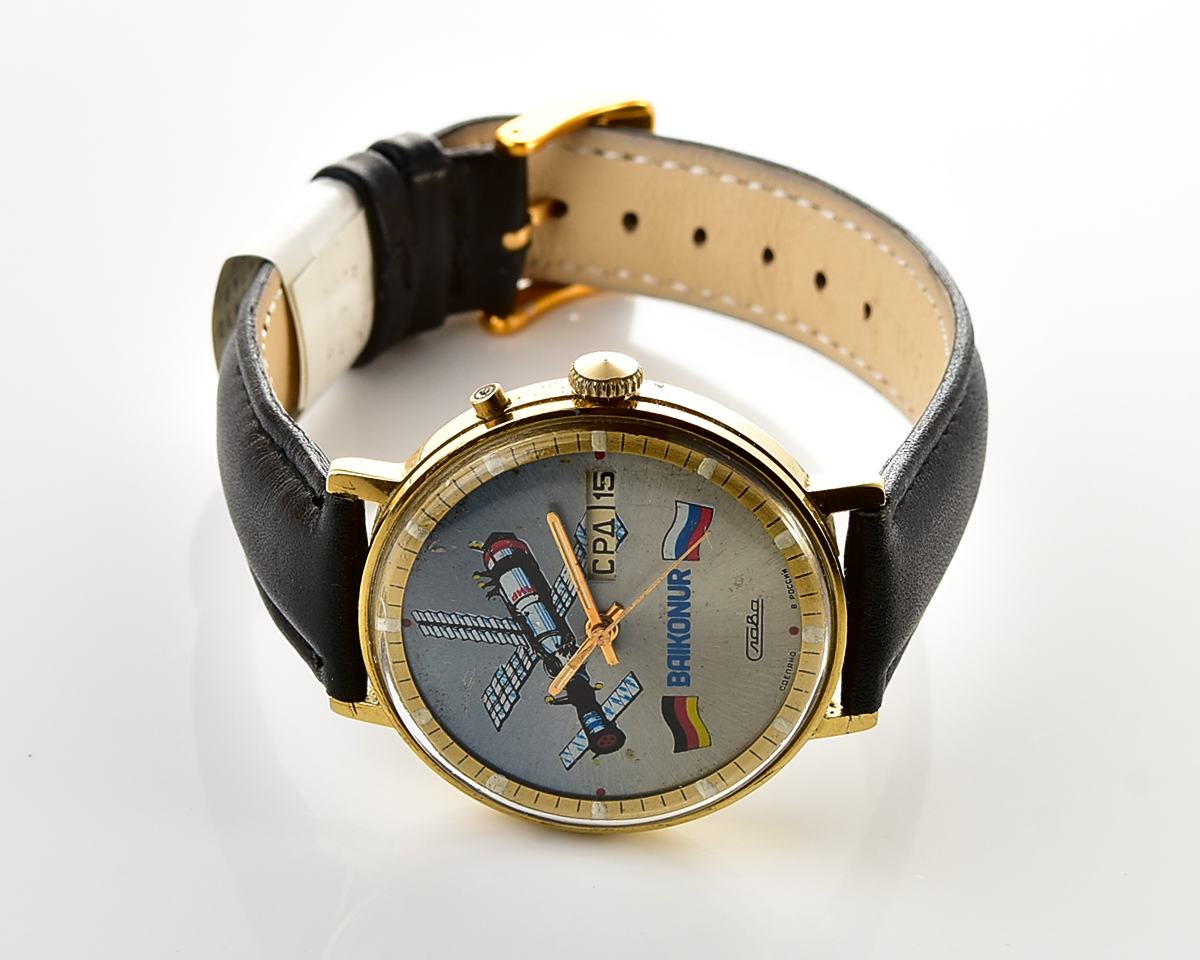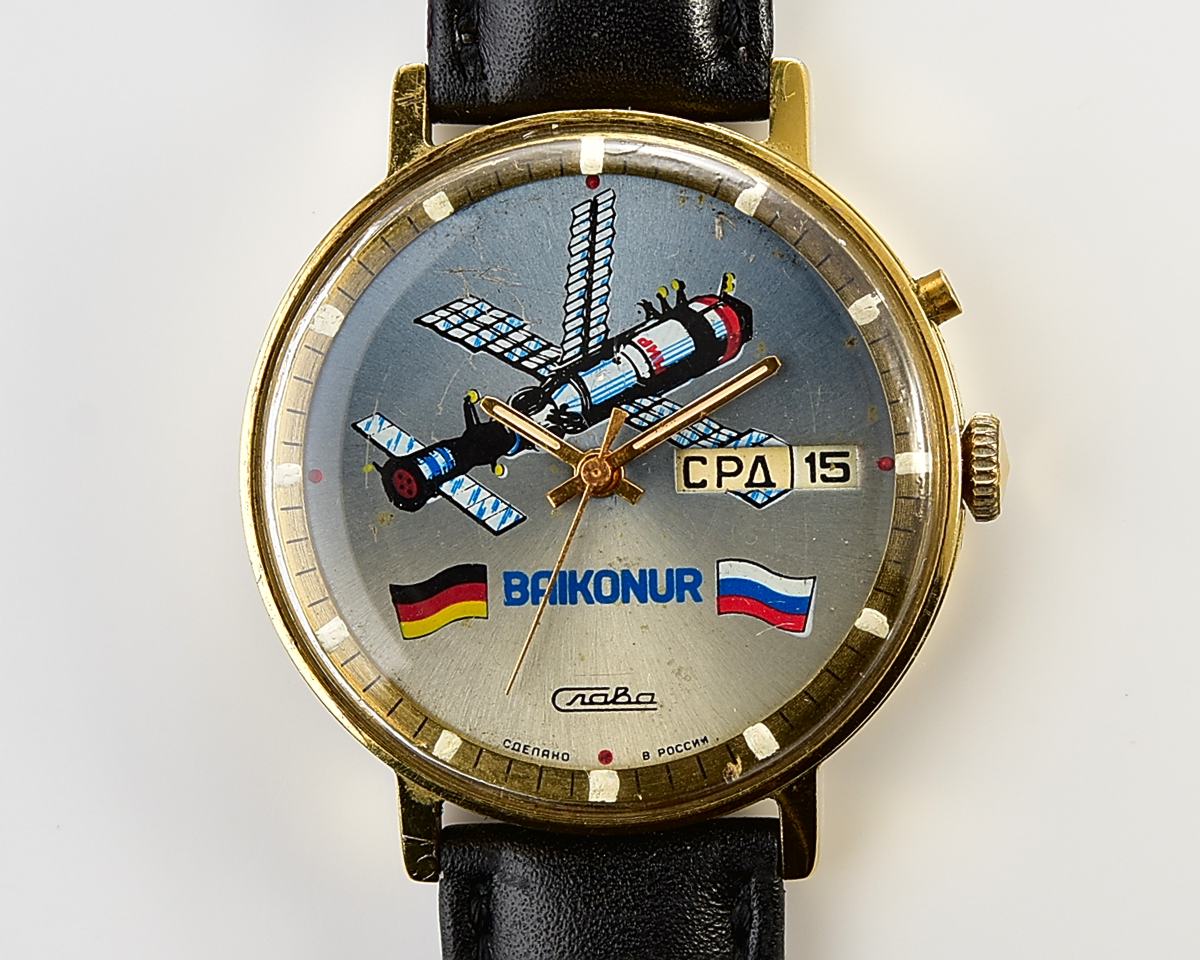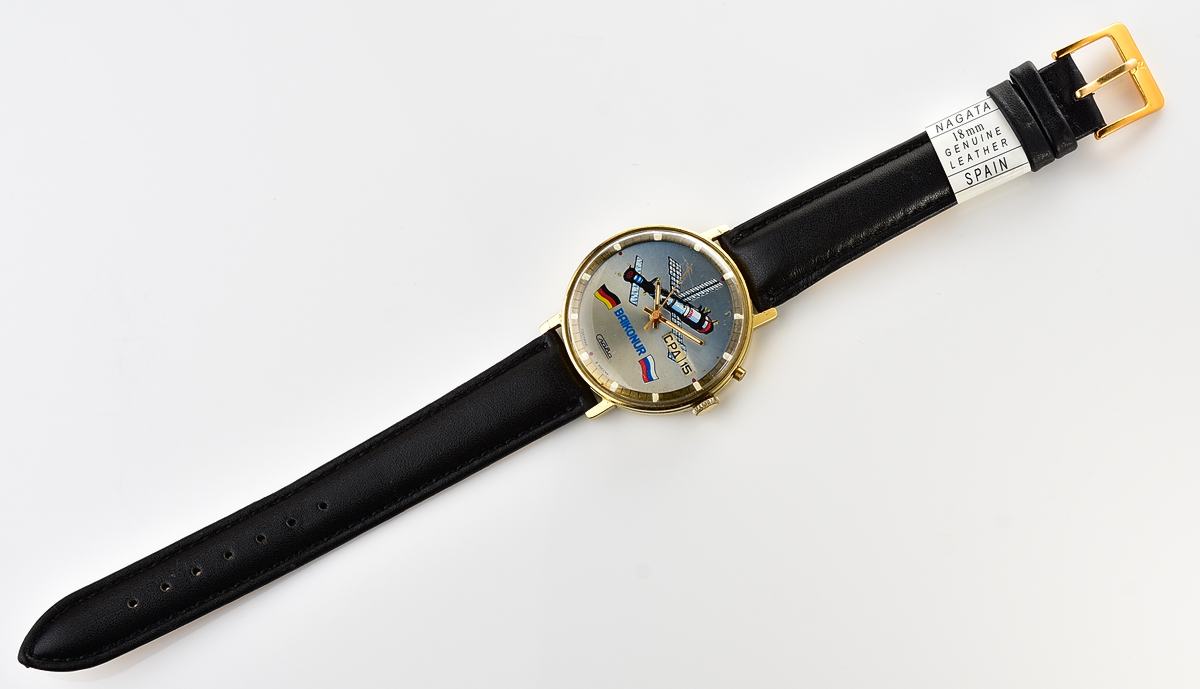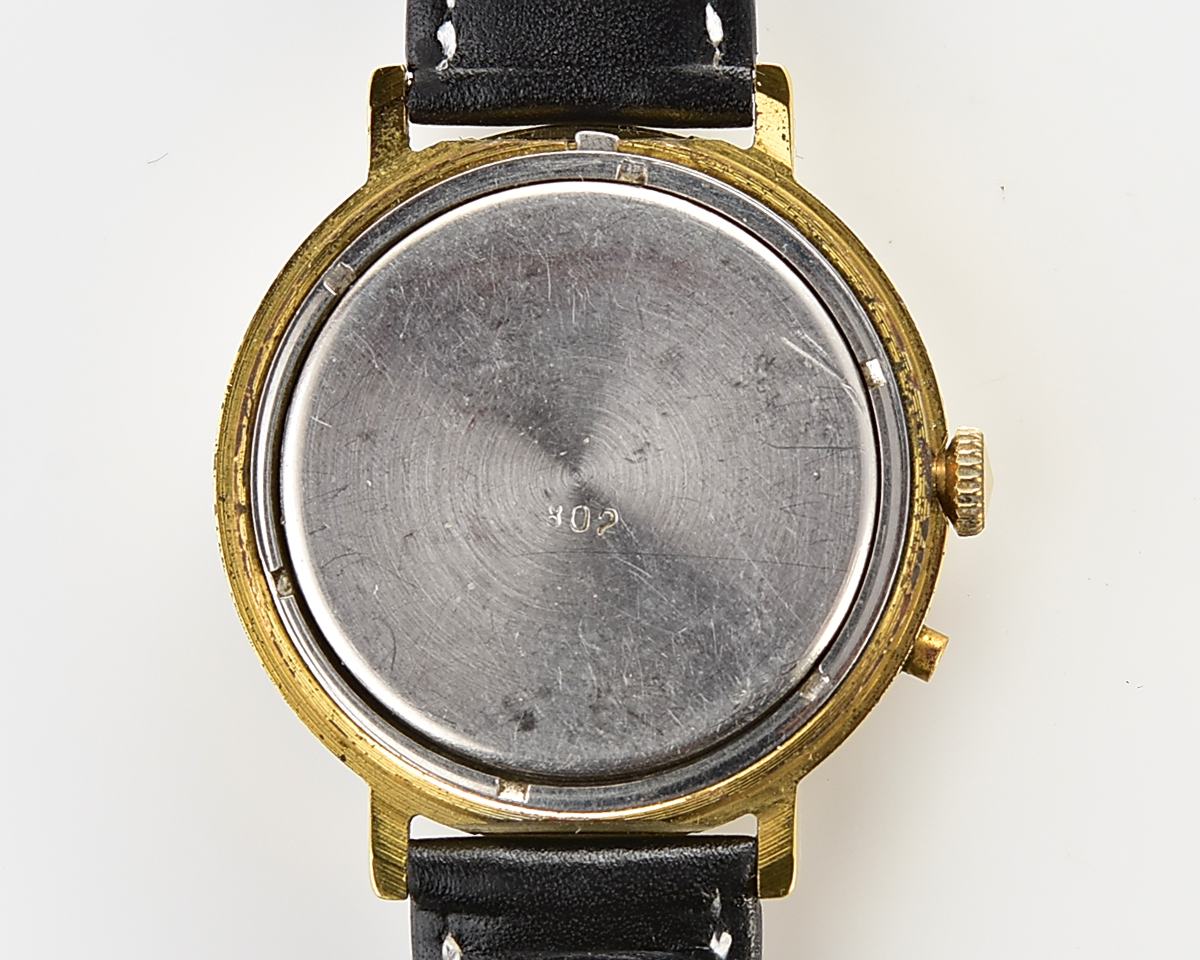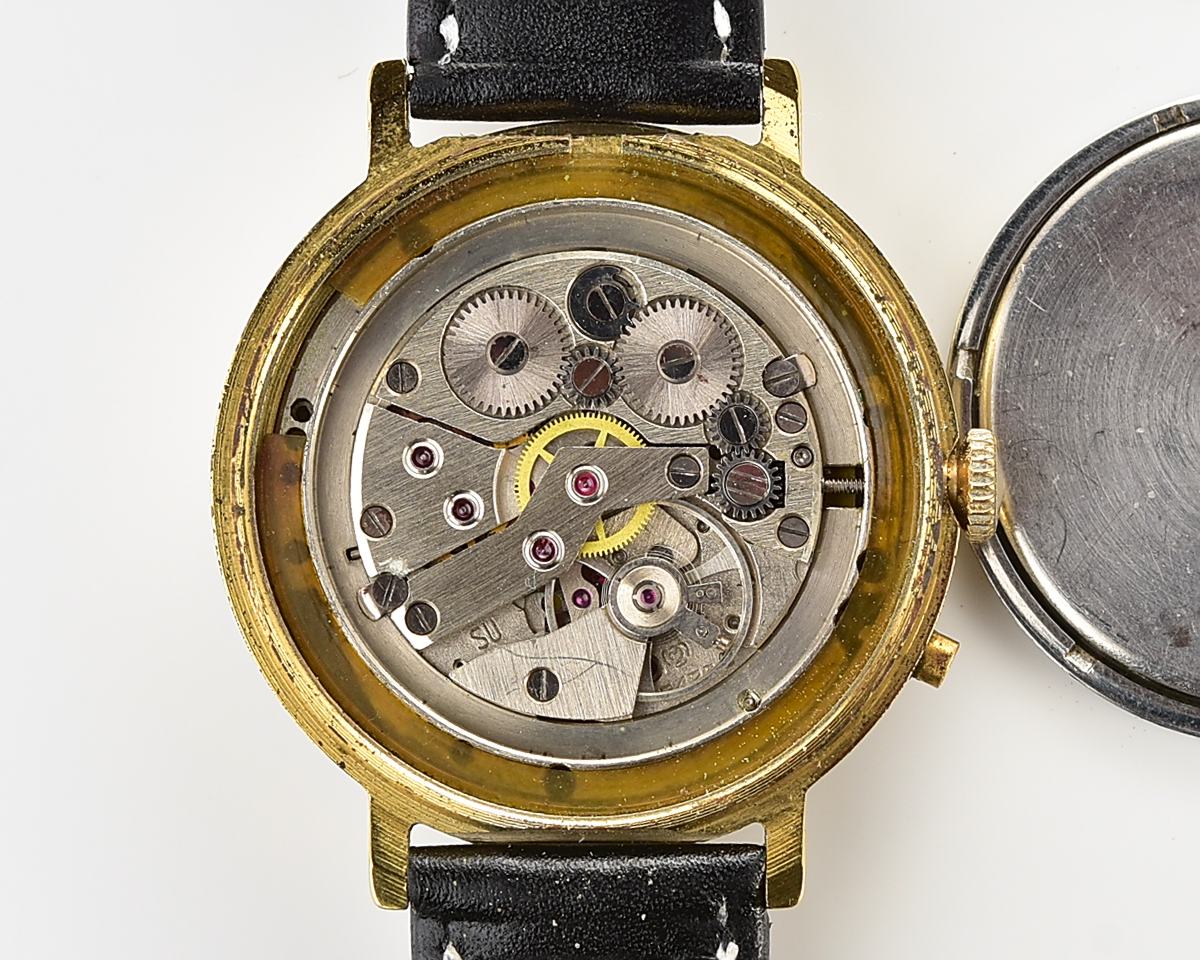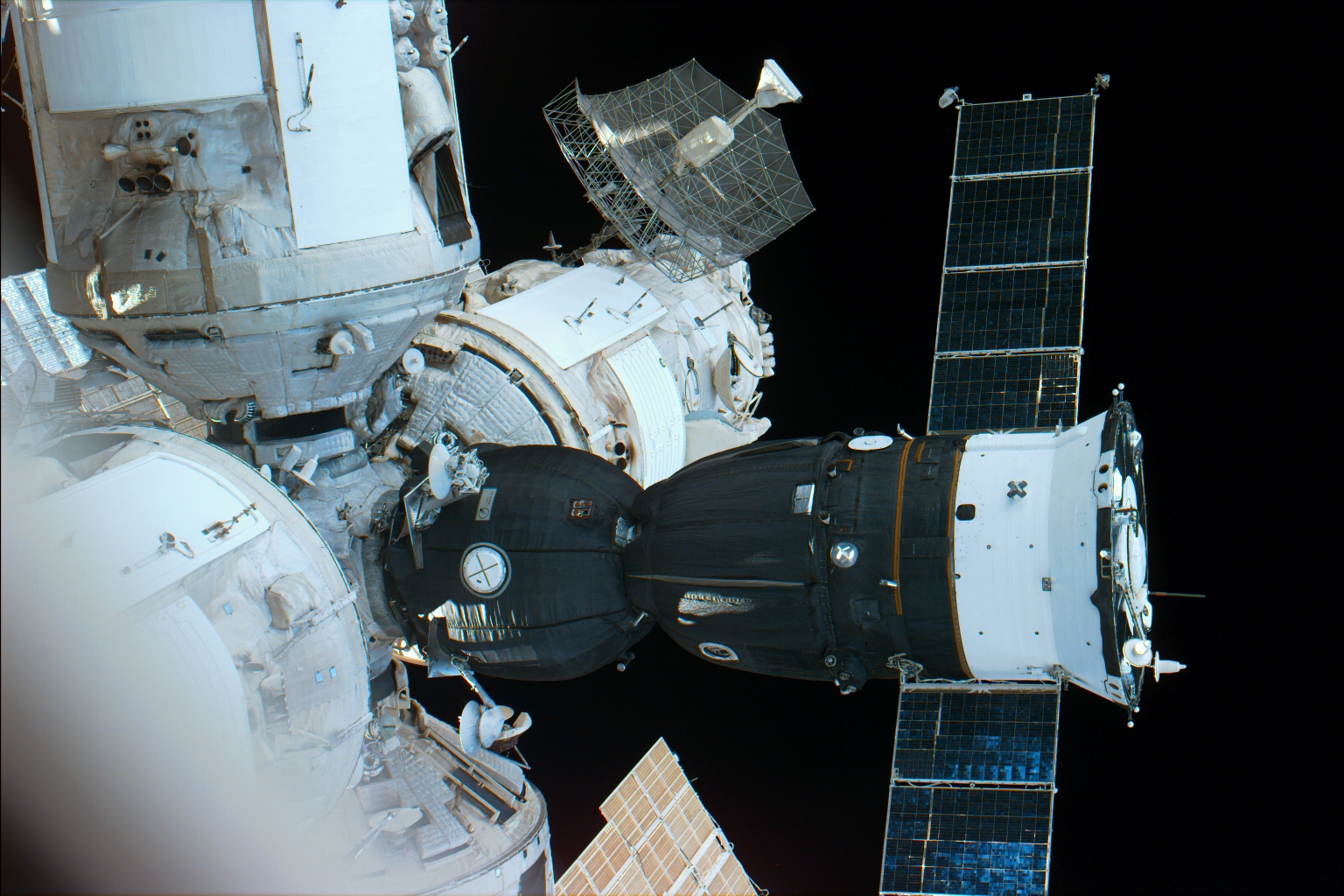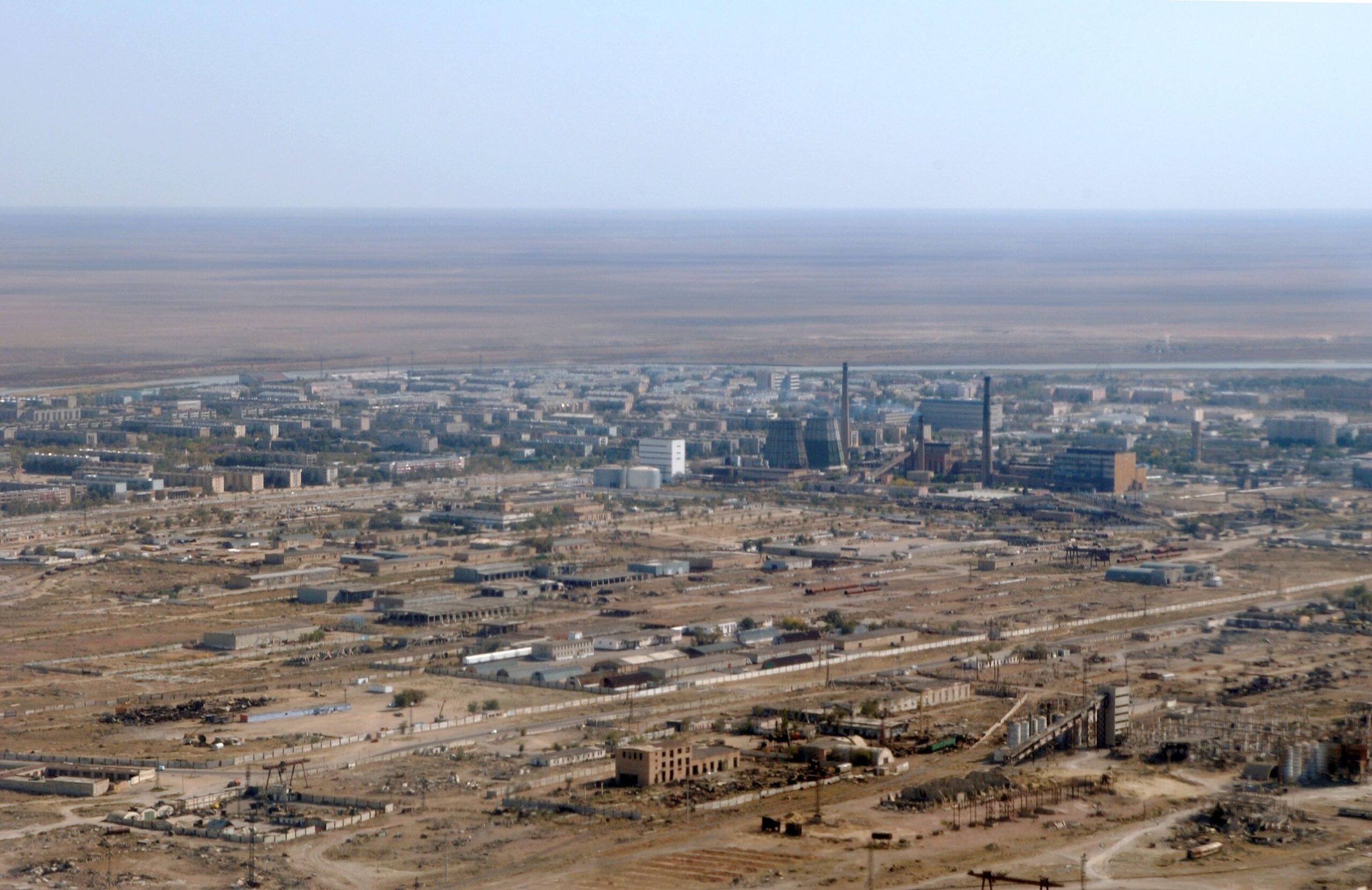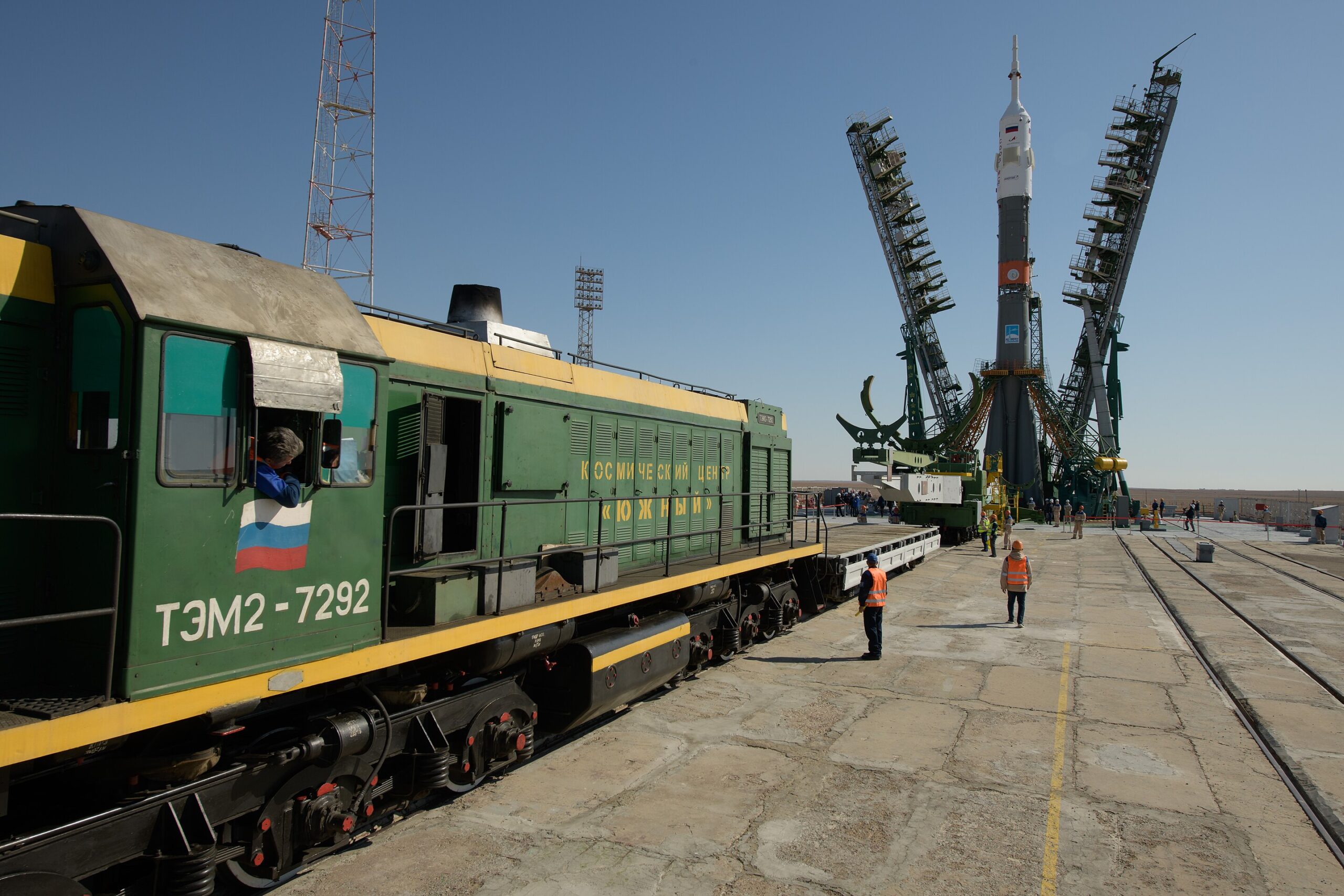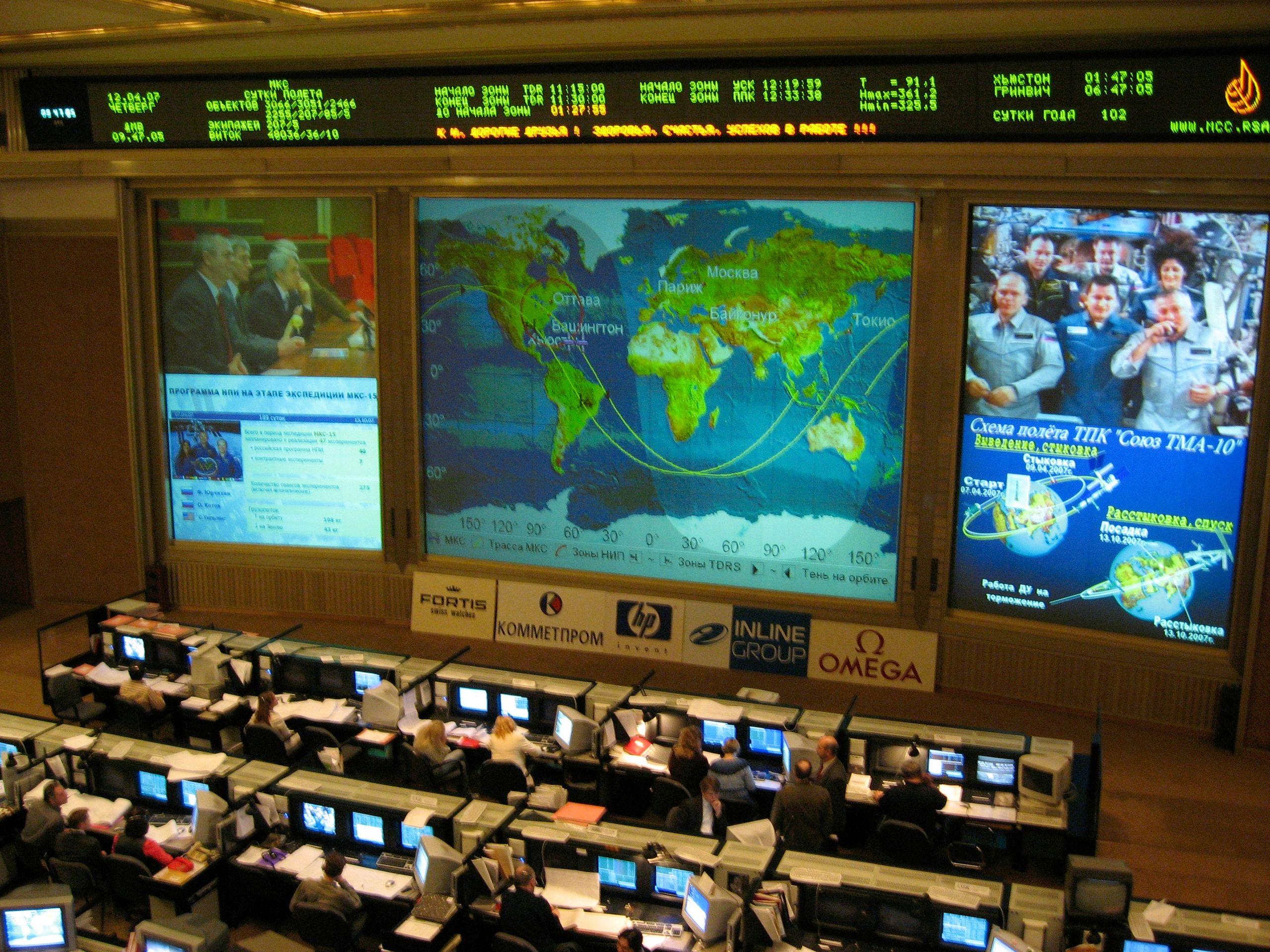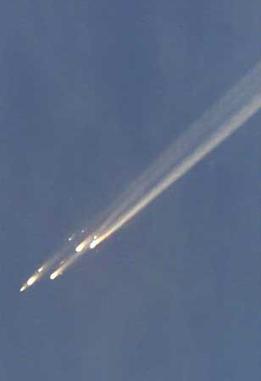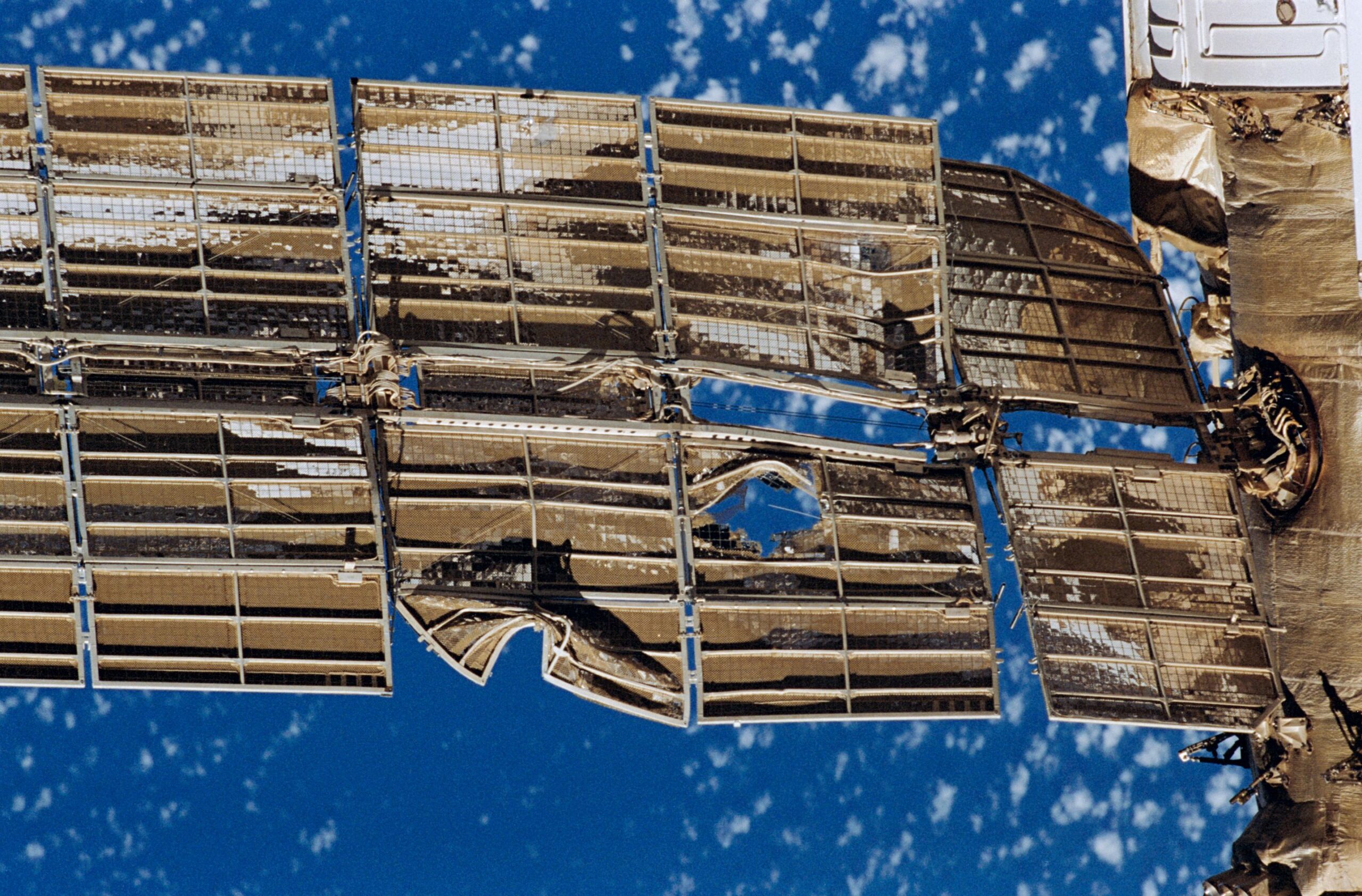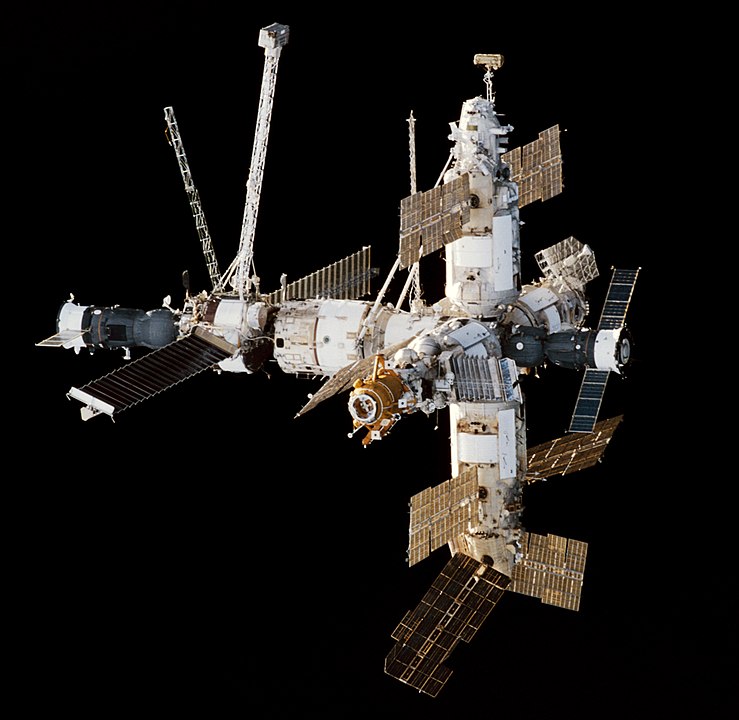Description
Soviet mechanical SLAVA wrist watch
Historical mechanical watch made by 2nd Moscow Watch factory
The watch is mechanical and does not need batteries to operate.
Original SLAVA watch has mechanical lever movement and manual winding.
CASE SIZE 43mm x 40.5mm(with crown)
THICKNESS 11mm
LUG WIDTH 18mm
TYPE Mechanical
FUNCTIONS Hours, Minutes, Seconds, Day / Date calendar
Watch went through a complete service by a professional watch tech and keeps good time.
Comes with black NAGATA leather strap included.
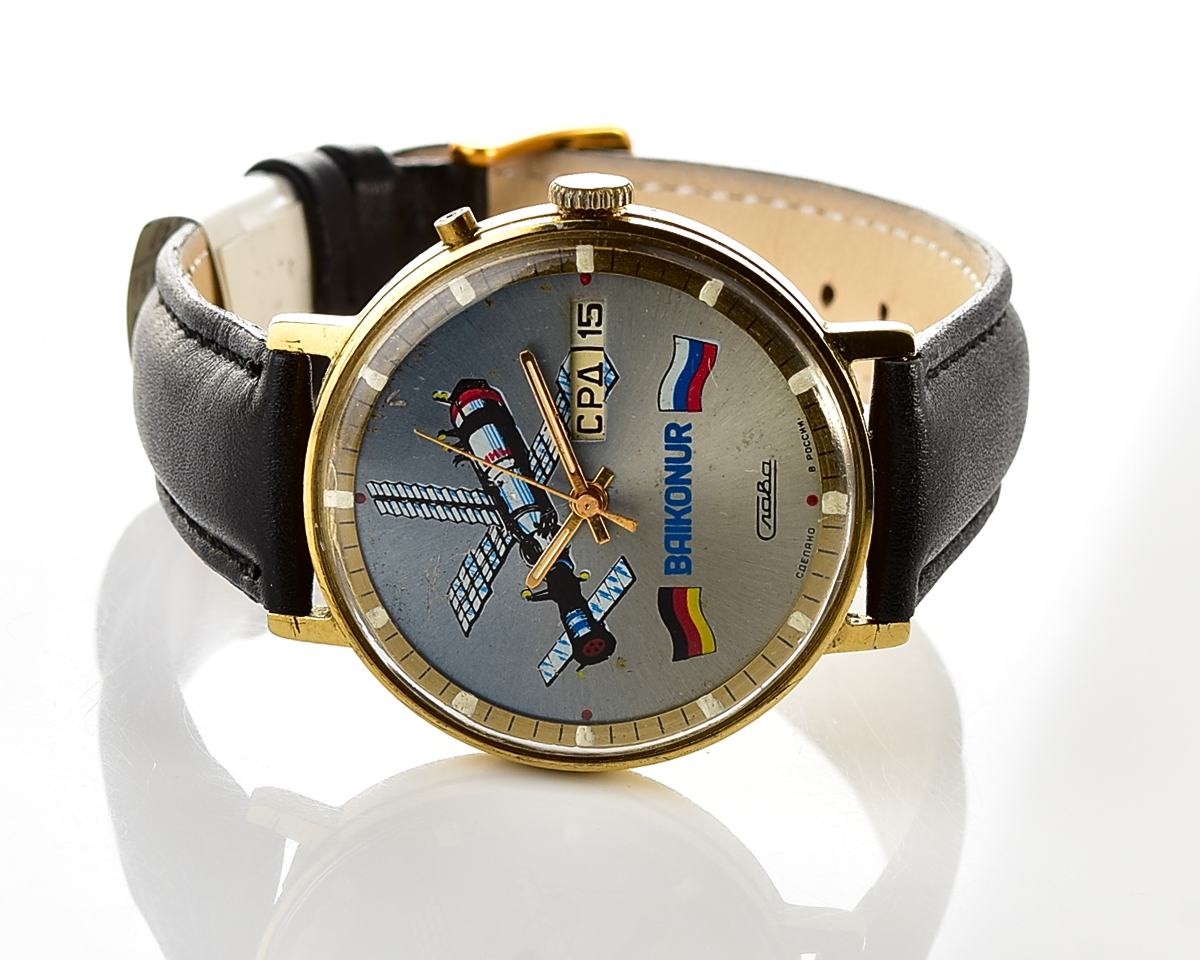
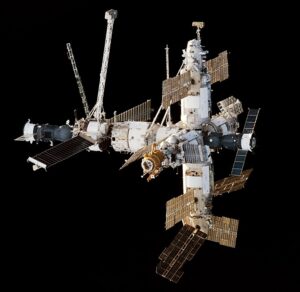 Space station MIR (pictured on the dial) –
Space station MIR (pictured on the dial) –
(Russian: Мир, IPA: [ˈmʲir]; lit. ‘peace‘ or ‘world‘) was a space station operated in low Earth orbit from 1986 to 2001, first by the Soviet Union and later by the Russian Federation. Mir was the first modular space station and was assembled in orbit from 1986 to 1996. It had a greater mass than any previous spacecraft. At the time it was the largest artificial satellite in orbit, succeeded by the International Space Station (ISS) after Mir‘s orbit decayed. The station served as a microgravity research laboratory in which crews conducted experiments in biology, human biology, physics, astronomy, meteorology, and spacecraft systems with a goal of developing technologies required for permanent occupation of space.
Mir was the first continuously inhabited long-term research station in orbit and held the record for the longest continuous human presence in space at 3,644 days, until it was surpassed by the ISS on 23 October 2010.
Expeditions
See also: List of Mir Expeditions
Mir was visited by a total of 28 long-duration or “principal” crews, each of which was given a sequential expedition number formatted as EO-X. Expeditions varied in length (from the 72-day flight of the crew of EO-28 to the 437-day flight of Valeri Polyakov), but generally lasted around six months. Principal expedition crews consisted of two or three crew members, who often launched as part of one expedition but returned with another (Polyakov launched with EO-14 and landed with EO-17). The principal expeditions were often supplemented with visiting crews who remained on the station during the week-long handover period between one crew and the next before returning with the departing crew, the station’s life support system being able to support a crew of up to six for short periods. The station was occupied for a total of four distinct periods; 12 March–16 July 1986 (EO-1), 5 February 1987 – 27 April 1989 (EO-2–EO-4), the record-breaking run from 5 September 1989 – 28 August 1999 (EO-5–EO-27), and 4 April–16 June 2000 (EO-28). By the end, it had been visited by 104 different people from twelve different nations, making it the most visited spacecraft in history (a record later surpassed by the ISS).
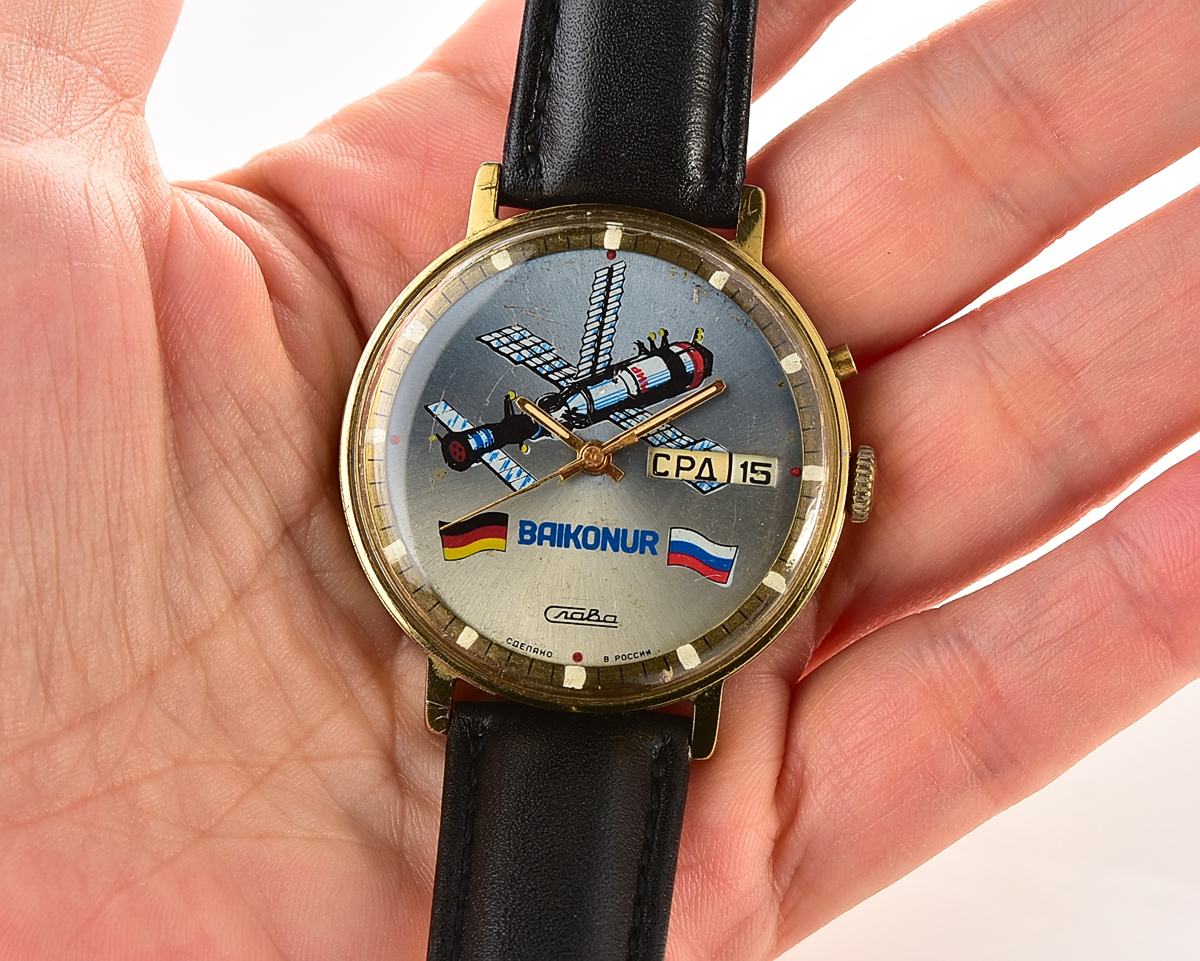
This watch ships out from🇺🇦 Ukraine with tracking number
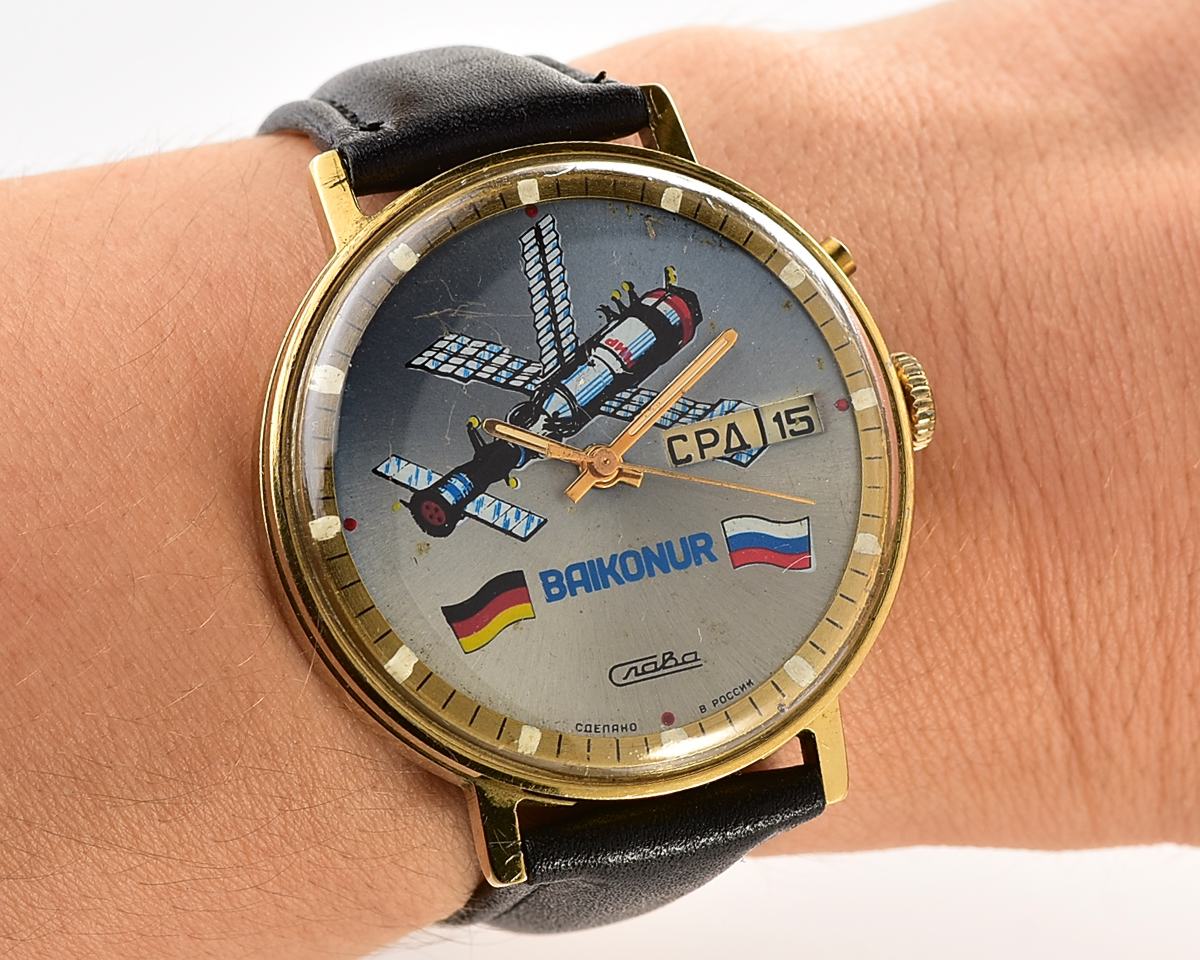
Modes of payment:
- PayPal
- Credit Cards (VISA, MasterCard, American Express, Discover)
We guarantee that the item in this ad looks and works as advertised and offer money back guarantee on this.
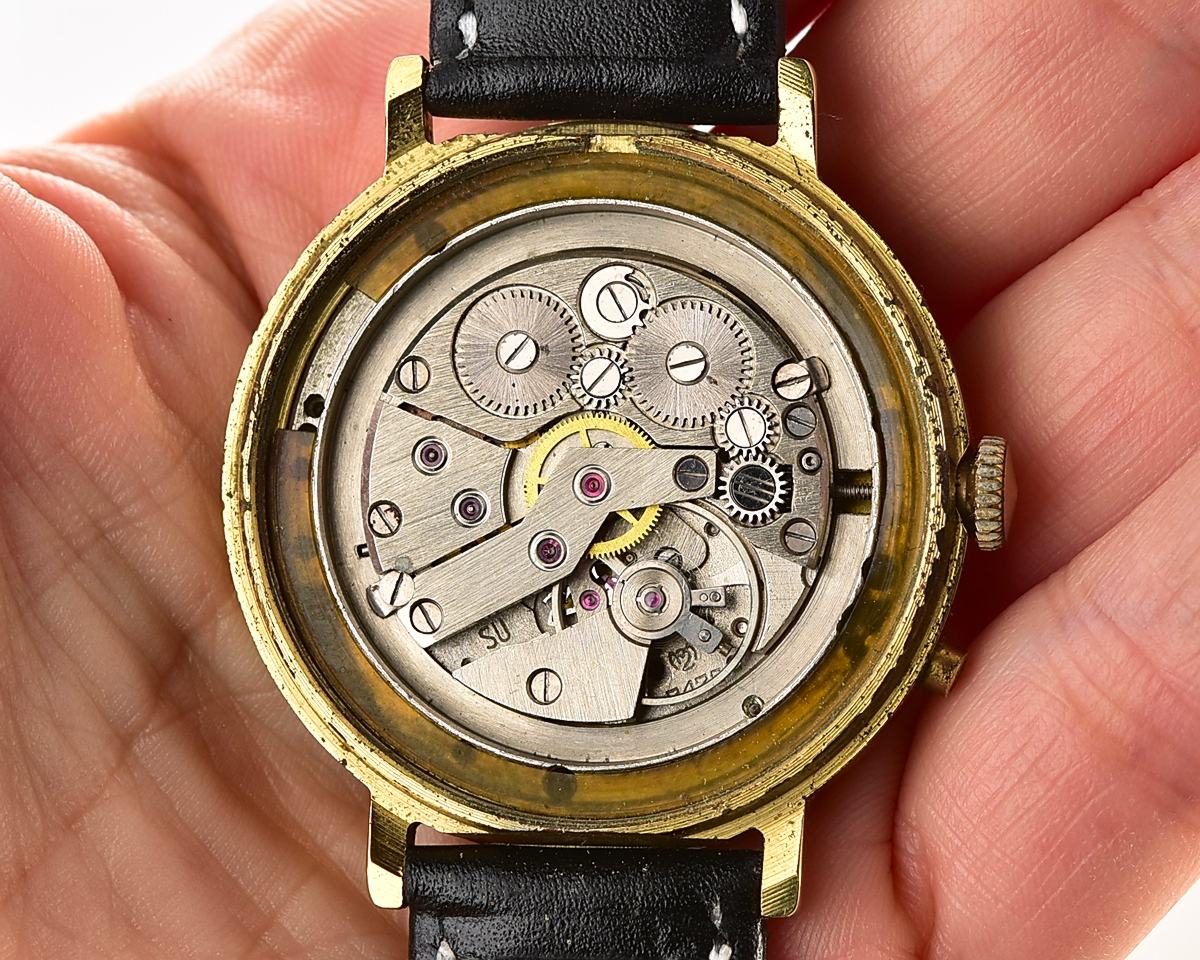
Baikonur and Mir slides
About the watch factory

Slava (Russian: Cлава, meaning “Glory”) watches were classic “civil” Russian watches commonly referred to as “Slava Lava!”.
The Slava factory (known originally as the Second Moscow Watch Factory) was the second non-military watch maker established in the Soviet Union, in 1924.
The watches of this brand have always been meant for civilian consumption, without military or aerospace pretensions. As of today the factory no longer produces.

